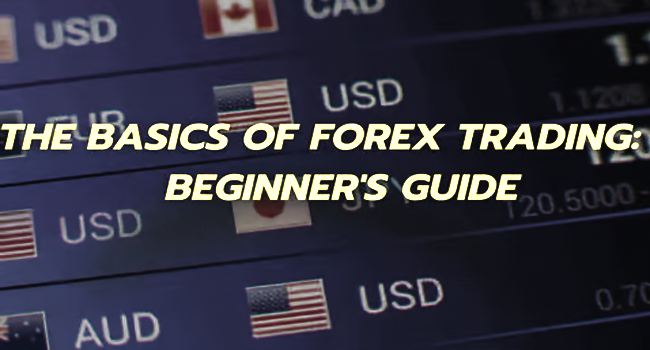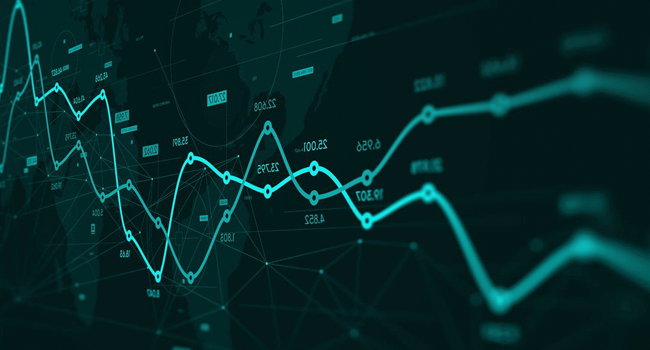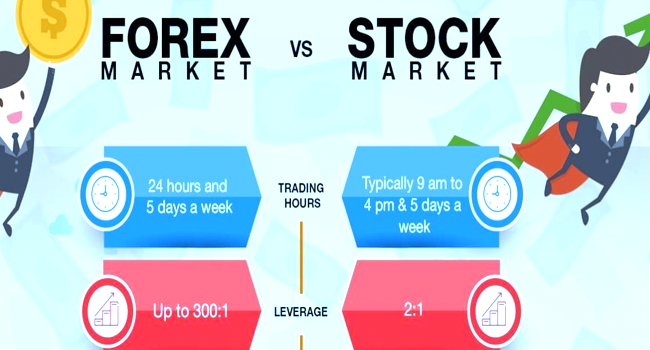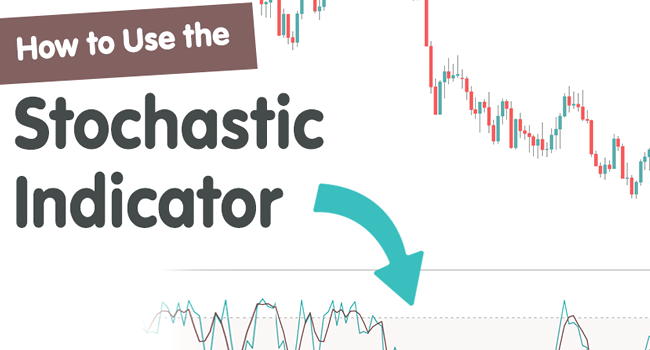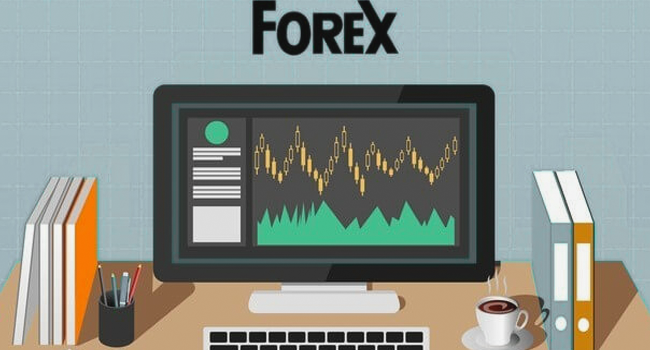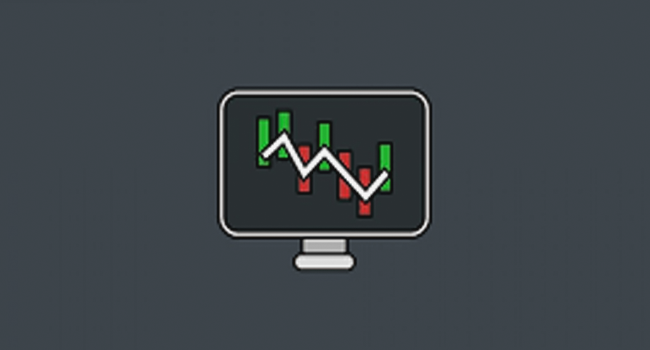Introduction
It’s where currencies are traded, making it a lucrative arena for investors and traders alike. Selecting the best one is crucial for your success in this dynamic market.
Define Your Trading Goals
Before diving into the world of forex trading platforms, it’s crucial to define your trading goals. Are you a long-term investor looking to hold positions for weeks or months, or are you a day trader who seeks to profit from short-term price movements? Your trading goals will influence your choice of platform. For example, long-term investors may prefer a platform with robust charting tools, while day traders might prioritize low spreads and fast execution.
Regulatory Compliance
Safety should always be your top priority when choosing a forex trading platform. Regulatory bodies like the U.S. Commodity Futures Trading Commission (CFTC) and the U.K.’s Financial Conduct Authority (FCA) enforce strict standards to protect traders from fraud and ensure fair trading conditions.
User-Friendly Interface
The ease of use of a trading platform is crucial, especially if you are a beginner. It should be easy to navigate, place trades, and access essential information like account balances and transaction history. A complex or cluttered interface can lead to costly mistakes.
Trading Instruments
Consider the variety of trading instruments offered by the platform. In addition to major and minor currency pairs, some platforms offer commodities, indices, and cryptocurrencies.
Execution Speed and Reliability
The speed at which your orders are executed can significantly impact your trading results, especially in fast-moving markets. Look for a platform with a reputation for fast and reliable order execution. You can often find information about a platform’s execution speed in user reviews and independent broker assessments.
Spreads and Fees
Compare the spreads and fees of different platforms to find the one that offers competitive pricing. However, be wary of platforms that advertise extremely low spreads but have hidden fees.
Risk Management Tools
Risk management is essential in forex trading. Additionally, check if the platform offers negative balance protection to prevent you from owing more than your initial deposit.
Technical Analysis Tools
For traders who rely on technical analysis, having access to advanced charting and analysis tools is crucial.
Mobile Trading
In today’s fast-paced world, the ability to trade on the go is essential. Mobile trading apps should provide a seamless and secure trading experience, allowing you to monitor your positions and execute trades from anywhere.
Customer Support
Test the platform’s customer support by reaching out with inquiries before opening an account. Look for platforms that offer various support channels, including live chat, email, and phone support.
Demo Account
Before committing to real money, it’s wise to practice trading on a demo account. A demo account allows you to familiarize yourself with the platform’s features and test your trading strategies without risking your capital.
Reputation and Reviews
Research the platform’s reputation by reading user reviews and independent assessments. Look for feedback from traders who have used the platform for an extended period. Keep an eye out for any red flags, such as a history of technical issues or withdrawal problems.
Deposit and Withdrawal Options
Check the platform’s deposit and withdrawal options to ensure they are convenient and cost-effective for you. Some platforms offer a variety of funding methods, including bank transfers, credit cards, and e-wallets. Additionally, verify the platform’s withdrawal process to ensure timely access to your profits.
Educational Resources
For beginners, educational resources can be incredibly beneficial.
Compatibility with Trading Strategies
Different trading strategies require different features and tools. For example, scalpers may need a platform with low latency and quick order execution, while swing traders may prioritize advanced charting capabilities. Choose a platform that aligns with your preferred trading strategy.
Define Your Trading Goals: Understand whether you’re a long-term investor or a day trader, as this will influence your platform choice.
Regulatory Compliance: Prioritize safety by choosing a platform regulated by a reputable financial authority.
User-Friendly Interface: Opt for an intuitive platform that suits your skill level, whether you’re a beginner or an experienced trader.
Trading Instruments: Consider the variety of instruments offered to diversify your trading portfolio.
Execution Speed and Reliability: Fast and reliable order execution is crucial, especially in volatile markets.
Spreads and Fees: Compare costs, but be cautious of platforms with hidden fees.
Risk Management Tools: Ensure the platform offers risk management tools like stop-loss and take-profit orders.
Technical Analysis Tools: Look for advanced charting and analysis tools if you rely on technical analysis.
Mobile Trading: Verify that the platform offers a reliable mobile app for trading on the go.
Customer Support: Test customer support responsiveness and availability.
Reputation and Reviews: Research the platform’s reputation and read user reviews.
Deposit and Withdrawal Options: Check for convenient funding and withdrawal methods.
Educational Resources: Access to educational materials can be vital, especially for beginners.
Compatibility with Trading Strategies: Ensure the platform aligns with your preferred trading strategy.
Be prepared to adapt and switch platforms if your needs evolve over time or if you encounter any issues with your current choice.
Execution Speed and Reliability:
In the world of forex trading, time is money. A delay of just a few seconds in order execution can mean the difference between a profitable trade and a loss. To ensure that your orders are executed promptly, choose a platform known for its fast and reliable execution. This often depends on the broker’s infrastructure, so research the broker’s reputation as well as the platform itself. Look for a platform that offers features like one-click trading for rapid order placement.
Spreads and Fees:
Platforms typically offer either fixed or variable spreads. Fixed spreads remain constant, while variable spreads can change depending on market conditions. Some platforms also charge additional fees or commissions. It’s essential to compare the spreads and fees of different platforms and calculate how they may impact your trading profitability over time. Be cautious of platforms that advertise ultra-low spreads but offset them with high commissions or hidden charges.
Risk Management Tools:
Effective risk management is fundamental to successful forex trading. Stop-loss and take-profit orders are essential for setting predefined exit points to limit potential losses and secure profits automatically. Trailing stops, which adjust your stop-loss as the trade moves in your favour, can be valuable for locking in gains. Ensure the platform offers these risk management features and that they are easy to use.
Technical Analysis Tools:
Technical analysis is a common approach used by forex traders to make decisions based on historical price charts and indicators. A robust trading platform should offer a wide array of technical analysis tools. Look for platforms with advanced charting capabilities, multiple timeframes, and a comprehensive set of technical indicators like moving averages, oscillators, and trend lines. Customizability is also crucial, allowing you to tailor charts to your preferred trading style.
Mobile Trading:
In today’s fast-paced world, the ability to trade on mobile devices is vital. The mobile app should offer the same features as the desktop version, ensuring a seamless and secure trading experience on the go. Mobile trading is fundamental if you want to monitor your positions or seize trading opportunities while away from your computer.
Customer Support:
Reliable customer support can be a lifeline in times of technical issues or urgent inquiries. Test the responsiveness and helpfulness of their support channels, such as live chat, email, and phone support. You want to ensure that help is readily available when you need it, especially during market hours when quick resolutions are crucial.
Conclusion
By carefully considering factors such as regulatory compliance, user-friendliness, trading instruments, execution speed, and fees, you can make an informed choice. Remember that what works best for one trader may not be suitable for another, so take the time to evaluate your needs and preferences. With the right platform, you can embark on your forex trading journey with confidence and a greater chance of achieving your financial goals.

